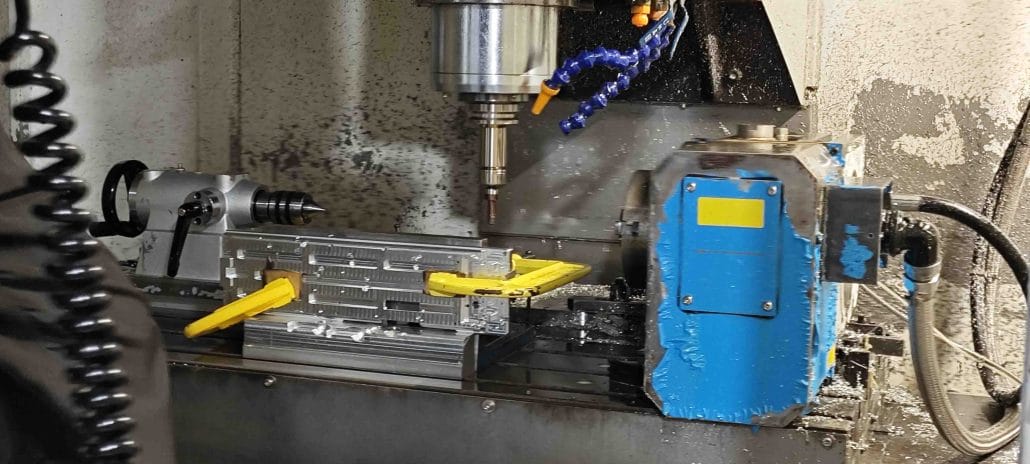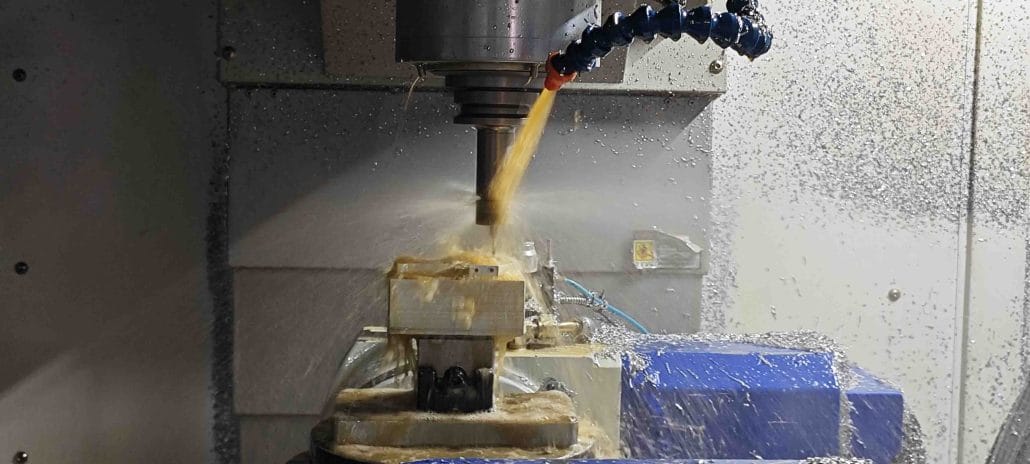If you are looking to improve the precision and efficiency of your CNC machining operations, understanding the role of turning speed is crucial in achieving your goals. In this article, we will explore the basics of turning speed in CNC machining, its relationship with cutting tools and how it impacts the overall quality of machined parts.
Understanding Turning speed in CNC
Turning speed in CNC refers to the rotational speed of the cutting tool in a CNC turning machine. The cutting speed, together with the feed rate and depth of cut, affects the overall material removal and surface finish of the final component.
The turning speed is usually measured in RPM (revolutions per minute) and calculated based on the material being machined, the type of cutting tool, and its diameter.
| Material | Turning Speed (RPM) |
|---|---|
| Brass | 800 – 1500 |
| Aluminum | 1000 – 3000 |
| Stainless Steel | 500 – 1500 |
| Steel | 300 – 800 |
| Cast Iron | 200 – 600 |
| Copper | 800 – 2000 |

The Importance of Turning Speed in CNC Machining
In CNC machining, turning speed plays a significant role in achieving the desired surface finish, tool life, and overall machining time. A higher turning speed produces a smooth, polished surface while a slower turning speed allows for greater accuracy but at the expense of machined surface quality. The importance of turning speed is also evident in extending the tool life of cutting tools. A low turning speed can potentially wear out cutting tools faster due to increased heat generated by friction. Conversely, a high turning speed will significantly reduce tool wear and thereby extend tool life.
Factors affecting turning speed in CNC Machining
The turning speed in CNC machining is influenced by several factors: the diameter of the workpiece, the material type, and the cutting tool’s material and shape. The diameter of the workpiece is directly proportional to the turning speed, with larger workpieces requiring a slower turning speed.
The type of material being machined also has a critical impact on turning speed. For instance, softer materials like aluminum and brass require a higher turning speed compared to hard materials like titanium and steel. This is because softer materials produce less heat during machining, allowing for higher cutting speeds.
The material and shape of cutting tools also influence the turning speed. Cutting tools made from materials such as carbides and ceramics can withstand higher temperatures, allowing for high turning speed. Conversely, cutting tools with a rounded shape are best suited for slower turning speeds.
Importance of Turning speed in CNC
The turning speed in CNC plays a crucial role in achieving successful CNC machining operations. Some of the reasons turning speed is crucial in CNC machining include:
Material removal: The turning speed, along with the feed rate and depth of cut, affects the amount of material being removed from the workpiece. The right turning speed ensures that the cutting tool removes the right amount of materials without damaging the final component.
Surface finish: The turning speed determines the surface finish of the final component. A higher turning speed can lead to a smoother and more surface, while a lower speed may leave rough surfaces.
Tool life: The turning speed affects the life span of the cutting tool. A higher speed may wear out the tool faster, while a lower speed may cause the tool to break or lose its sharpness from constant friction.
How Turning Speed Affects Cutting Force
Cutting speeds are a critical factor in determining cutting force. If too high, cutting force could cause the cutting tool to fail, leaving your finished product with poor quality or unfinished gaps. On the other hand, if cutting speeds are too low, it can cause minimal cutting force and can result in poor surface finishes.

Optimizing Turning speed in CNC
To maximize the benefits of turning speed in CNC machining, it’s crucial to optimize the rotation speed. Some of the tips to optimize turning speed in CNC include:
Consider the material: Different materials have different turning speed requirements. Before setting the rotation speed, ensure you’re working with the right speed for the material you’re machining.
Choose the right tool: The type, diameter, and quality of the cutting tool affect the turning speed. Always use a high-quality cutting tool designed for the specific material you’re machining.
Start with a low speed: To avoid damaging the tool, workpiece or both, start with a low speed and gradually increase it until you find the right turning speed for the specific operation.
New Precision CNC Turning Machining Technology
In recent years, advancements in technology have allowed for more precise measurements and monitoring of CNC machining. By monitoring spindle speed and regulating cutting force, newer, more precise machines can provide high-quality outputs with minimal effort. This technology can benefit all CNC machinists, whether new to the craft or seasoned professionals.
Finding the Ideal Turning Speed
The ideal turning speed depends on several factors such as the material being machined, geometry of the tool, and the desired finish quality. To find the perfect turning speed, it is essential to conduct experiments and evaluations on different materials and cutting tools.
The Bottom Line
In CNC machining, turning speed is a vital variable that impacts the overall quality of machined parts. By understanding the relationship between turning speed and tool life, machined surface quality, and material type, one can achieve optimal turning speed and precision machining performance. As a CNC machining manufacturer, we at Precision CNC Turning Machining are committed to delivering reliable, consistent, and high-quality CNC machining services that meet all your needs.
In conclusion, turning speed is a critical variable that plays a vital role in CNC machining operations. For more information on turning speeds and other CNC machining best practices, reach out to us today!


